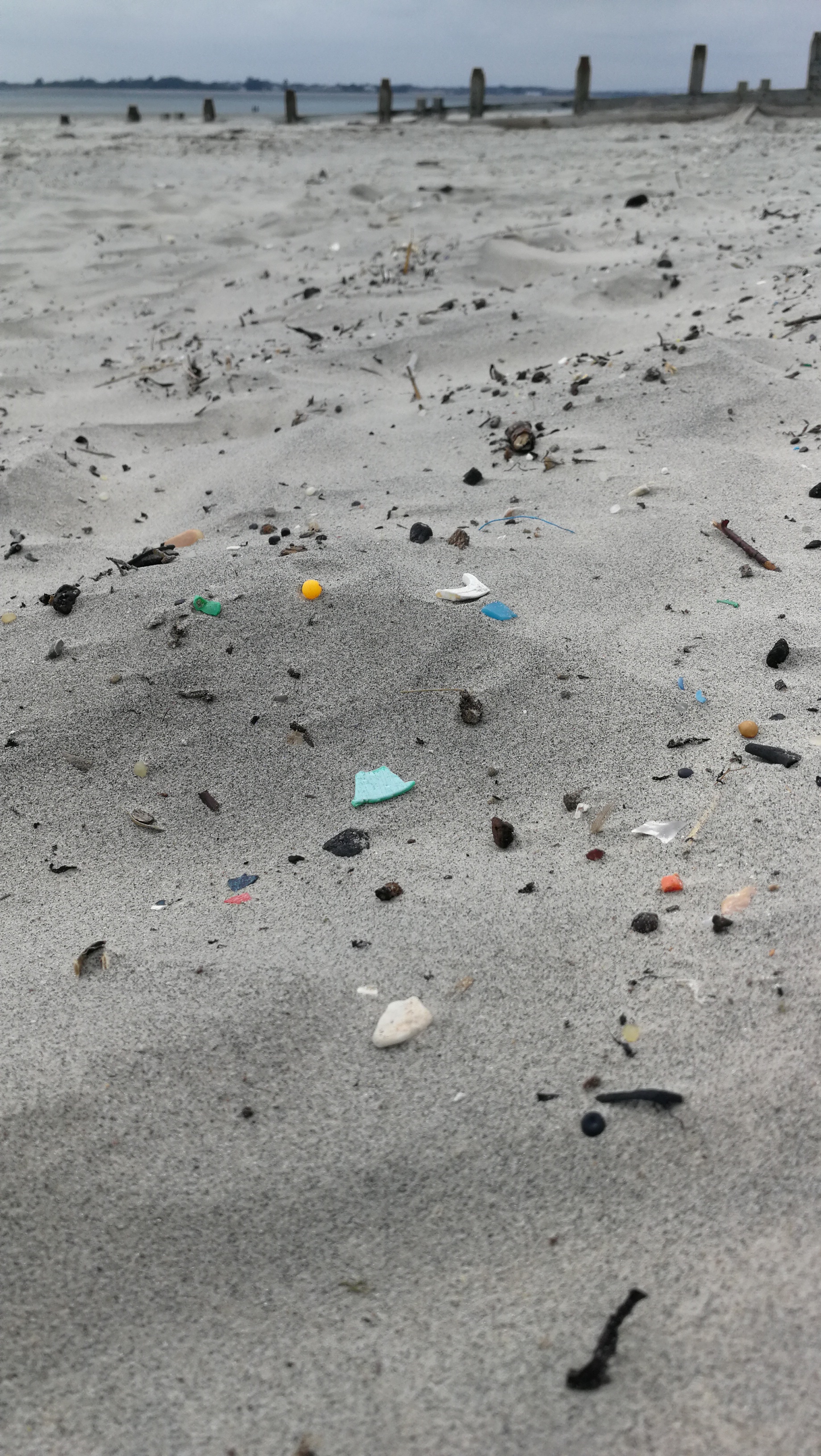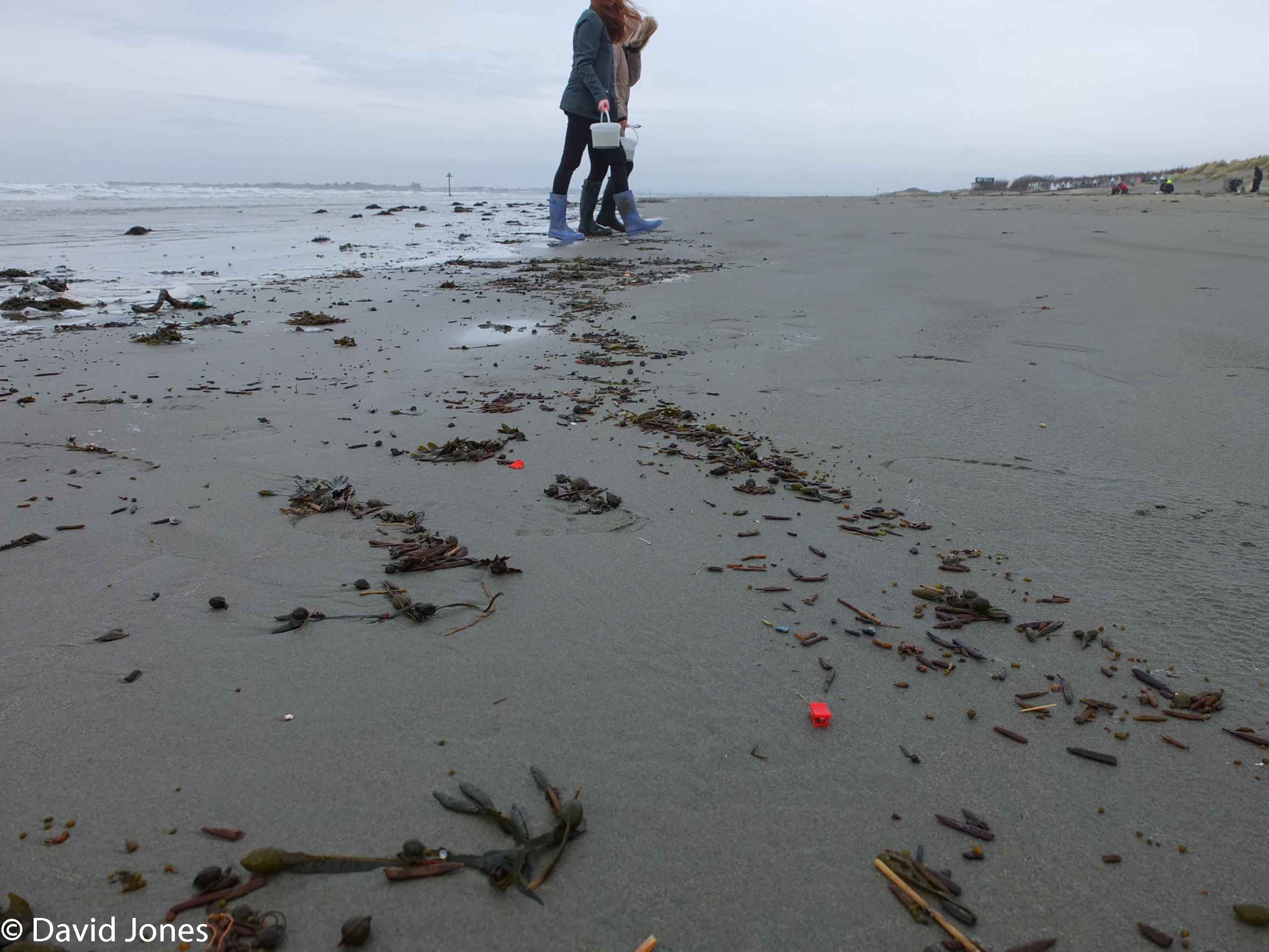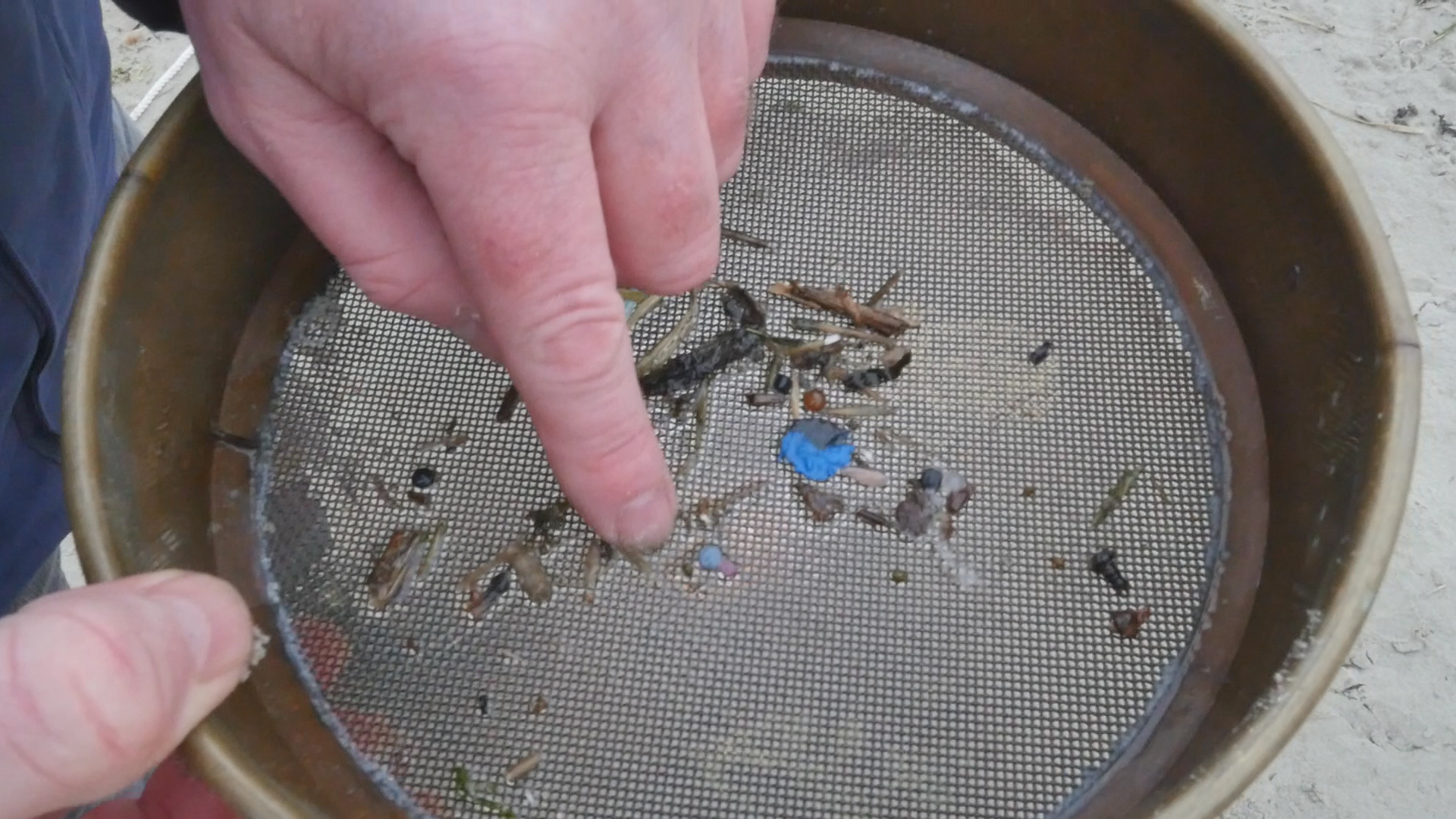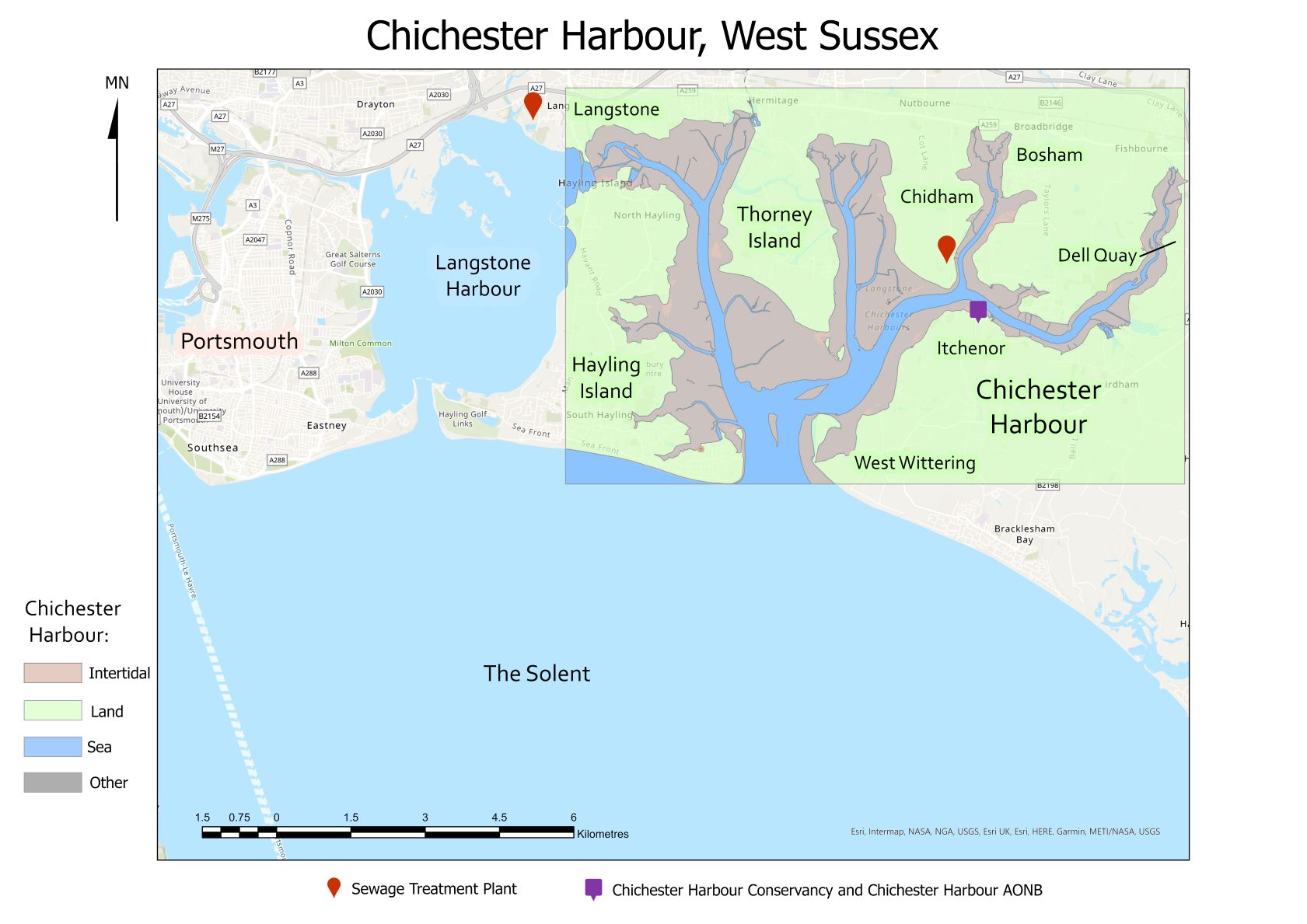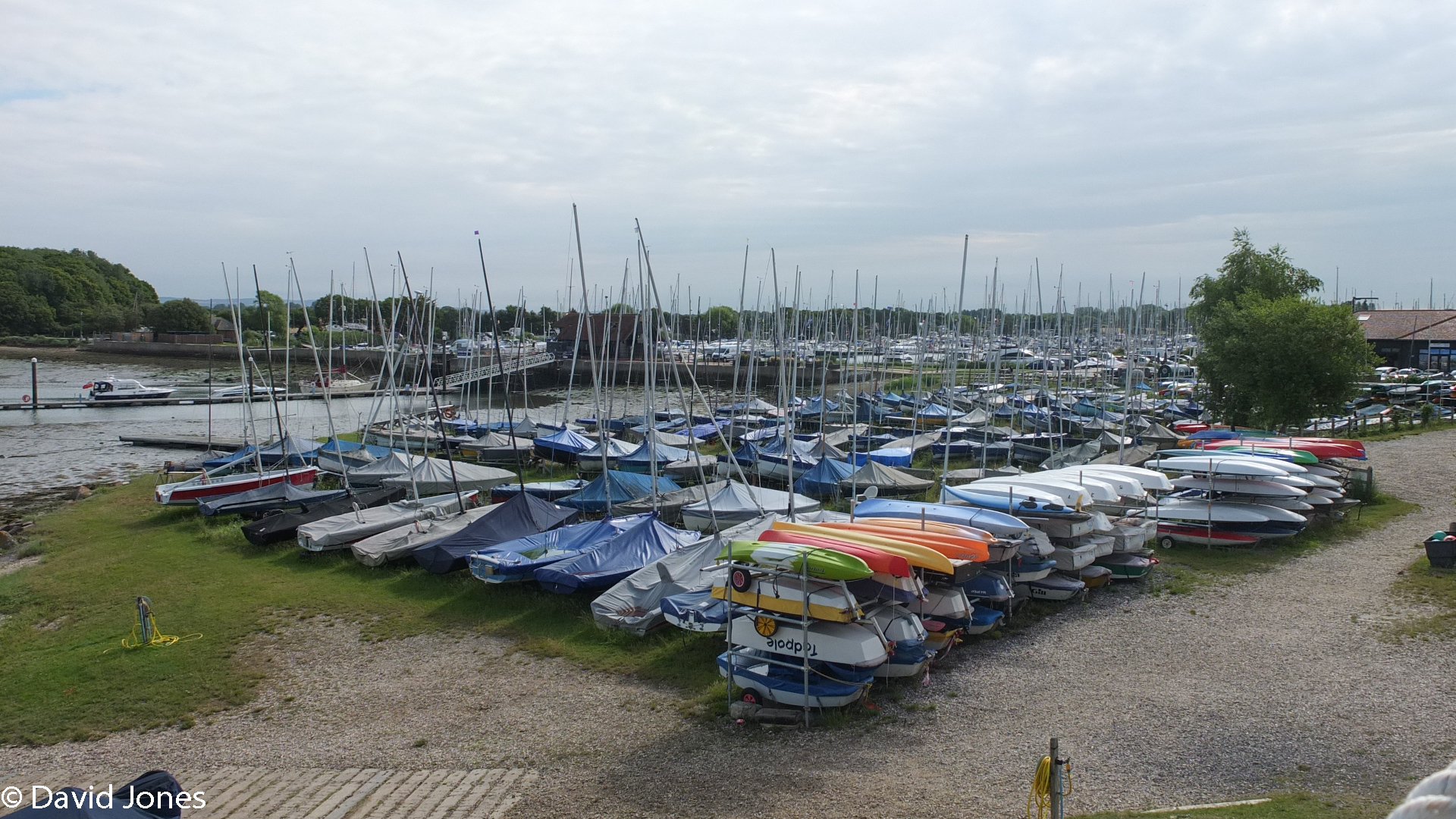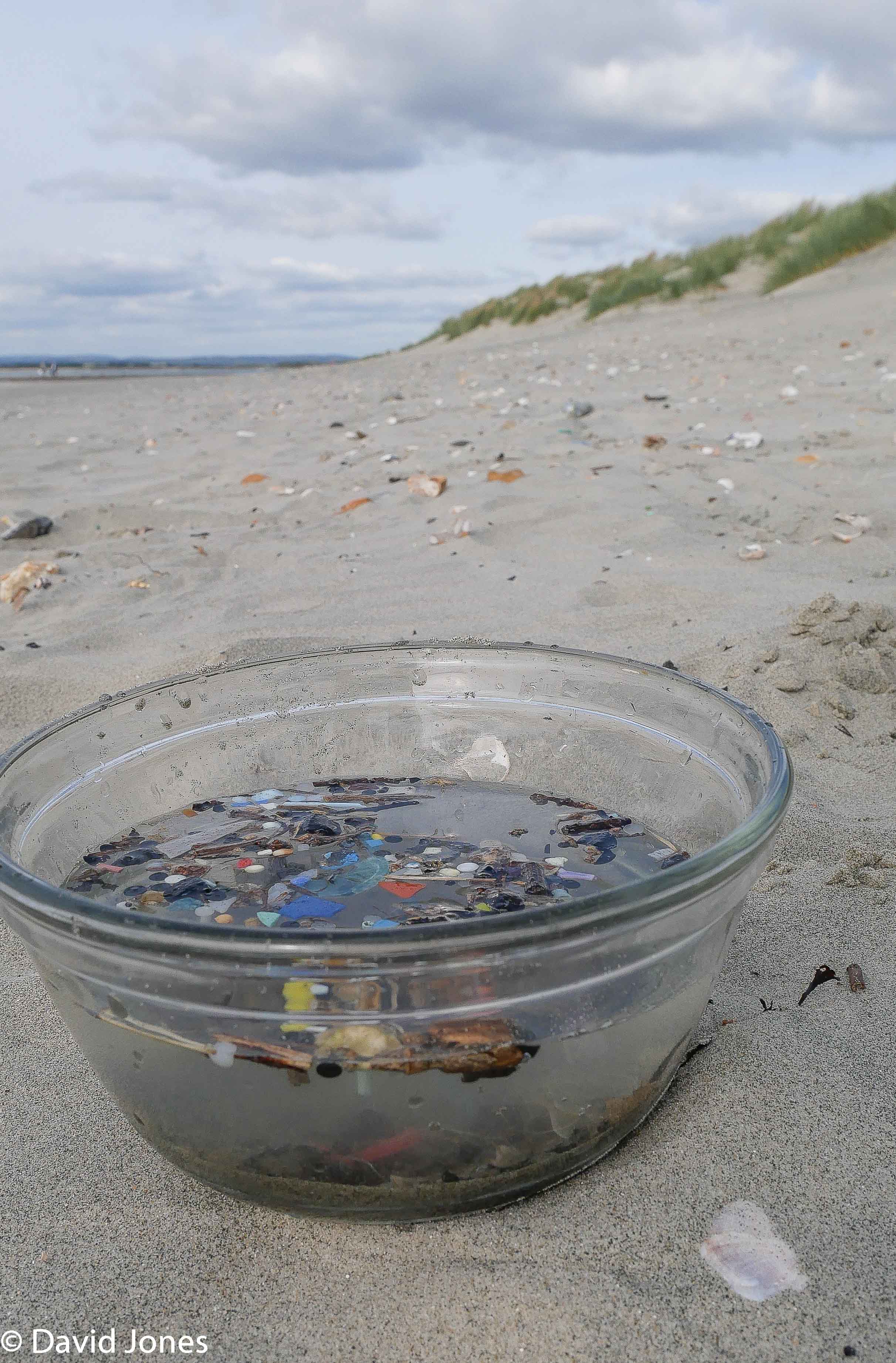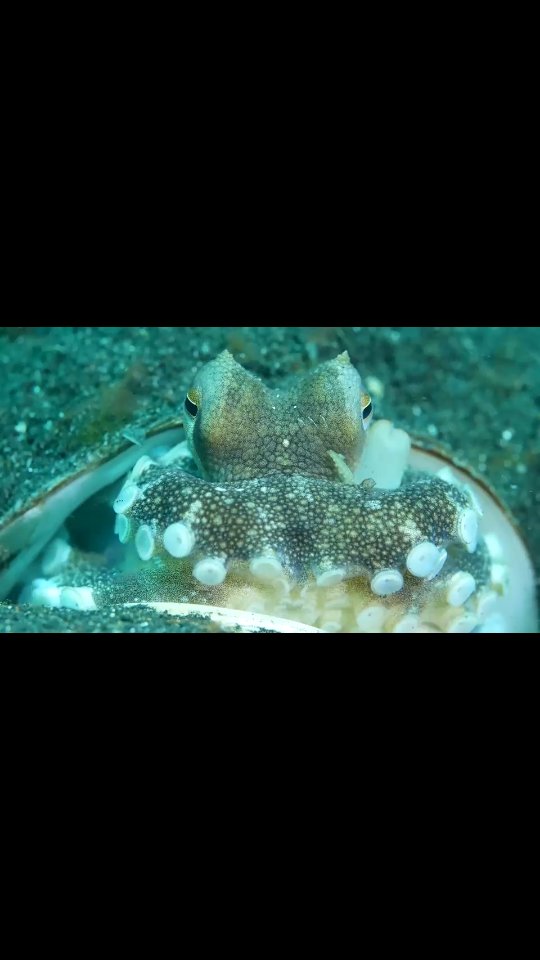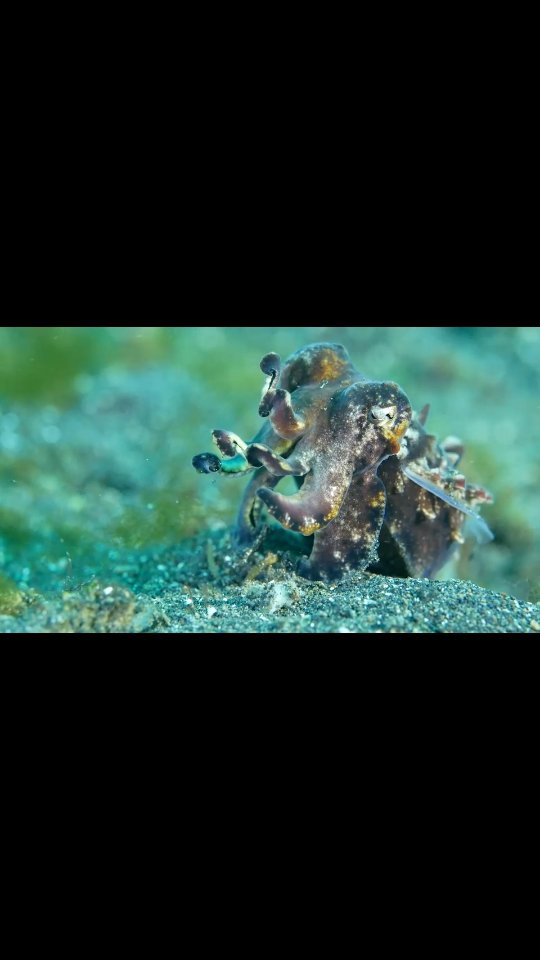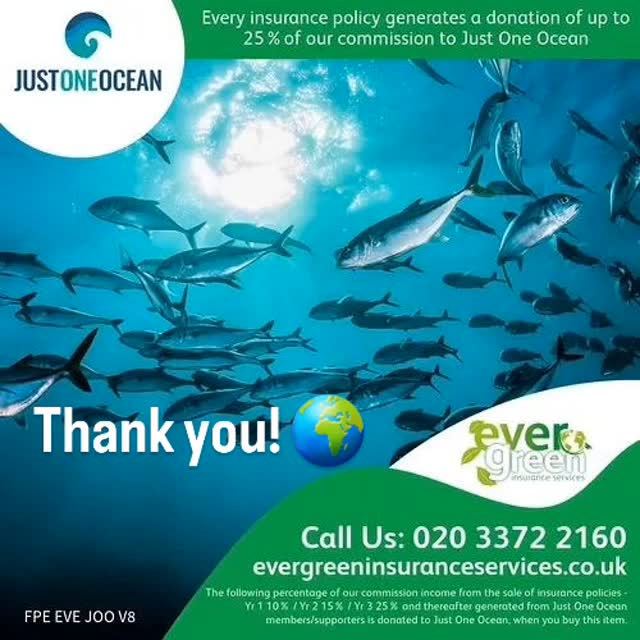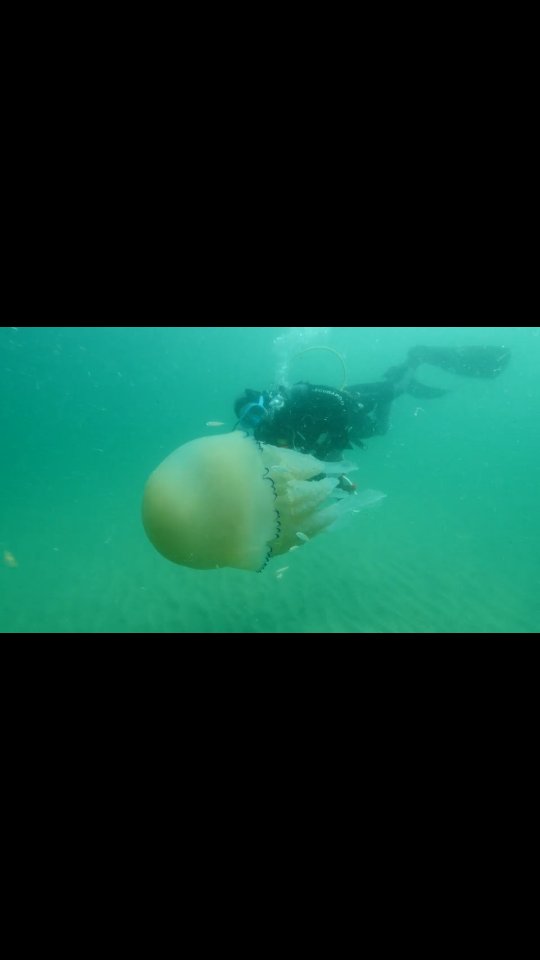Introduction
The overabundance of microplastics within marine and coastal areas across the globe has led to growing concerns about the vulnerability to living organisms. It is only in recent times that this issue has become widely recognised.
Eight million tonnes of plastic are dumped into the oceans every year.
This results in a plethora of slow degrading materials that enter the environment and subsequently cause further concerns.
2017 saw a ban on plastic microbeads (a type of microplastic) that originates within cosmetic products. Using the tax system and levies to address single-use plastic will enable the government to encourage change in behaviour of companies and consumers to become more sustainable and reduce this impact. As a result, there has been an alignment towards more integrative management paradigms over the last 5 years to reduce the amount of plastics being used and consumed.
Perception data has the potential to assess the level of awareness towards microplastic pollution within Chichester Harbour based on the attitudes and perceptions of licensed harbour users. Evaluating the perceived impacts of current and potential management approaches to reduce this pollutant, can suggest what possible approaches could be implemented to promote a sustainable future free of microplastics.
This outlook is understood by governments and researchers to have the most effect in reducing these issues. Hence why studies, such as this, are conducted – they help gain a scope on the level of understanding that society groups have on microplastics. Wider public participation can be perceived as a fundamental component of a successful approach to reducing the impact of microplastics.
Aim of this study: to critically evaluate the attitudes and perceptions of those users to existing microplastics within the harbour water.
Objectives of this study:
- to establish the respondent’s characteristics
- to assess the level of understanding towards microplastic pollution within the harbour
- to evaluate the perceived impact of what management options are in place to reduce this pollution
- to put forward a series of recommendations for future best practice
Many authors have advocated the need for an effective and new way to tackle and remove microplastics from the environment. Much like this study, they investigated the public’s perceptions and attitudes towards microplastics. It was found to be integral, that people’s willingness to reduce microplastics and its influencing factors were only limited by industries and companies that commonly use them. The presence of microplastics is massively overlooked as a marine issue due to the lack of understanding.
What is a microplastic?
A plastic can become a microplastic when it has broken down to 5mm or less. Some forms of microplastics begin as a micro particle; such forms are present within common everyday objects such as toiletry products. However, some plastics break down from larger more commonly known plastic items.
Why are microplastics an issue?
When these particles disperse across the environment, not only do they affect habitats, but all the living organisms that reside or encounter them. This is because the smaller plastic particles become, the more likelihood of potential toxic effects on organisms who consume them. The toxicity may originate from the plastic the particle broke down from. However, some studies have shown that these toxic pollutants can be absorbed via microplastic fibres. These accidental or deliberate ingestions of microplastics by marine animals are what develop into a pathway by which toxic pollutants and pathogens enter the food chain. As these toxins translocate up the food chain, the process of bioaccumulation usually results with the end consumer (most commonly humans) as the organism who receives the most toxins. This process works by compounds amassing within an organism at a rate which is faster than the process of compound breakdown. The issues surrounding this marine pollutant and its subsequent effects are not fully understood. Yet with more knowledge and understanding that research provides, the closer this matter is to being resolved, which in turn will lead to a more sustainable future.
The Study Site: Chichester Harbour
This study focuses on Chichester Harbour due to its proximity to the University of Portsmouth and its member’s common interest in protecting this designated area from pollutants such as microplastics. This research critically examines the perceived interests and attitudes towards microplastics in Chichester Harbour.
Focusing on Chichester Harbour has multiple benefits, as part of a coastal community, the Chichester Harbour Conservancy has an Advisory Committee. Also known as a Coastal Group, the advisory committee helps develop more integrated management approaches to help formulate decisions that will sustain the environment and people within it. An advisory group is arguably one of the most effective approaches to formulate a consensus and deliver appropriate management strategies. Coastal groups are understood to be the main development of participatory decision making which, as has been alluded, results in better outcomes. Because of this, it is crucial to understand the perspectives and attitudes of the Advisory Committee of Chichester Harbour.
The Data Collection:
This overall research design used a mixed methods-based approach to collect the data. This method allows for triangulation where quantitative and qualitative data can be collated and assessed to maximise legitimacy and consistency within the same study. To maximise validity, data for this research was collected via online survey questionnaires and semi-structured Zoom or telephone interviews.
Why Questionnaire surveys are useful:
- Accumulate a broad scope of the respondent’s views about the specific research topic to help formulate comprehensive and orderly information.
- Useful for gathering quantitative data
However, questionnaires do not attain depth of the respondent’s perceptions.
Therefore, as part of the mixed-methods approach, the use of semi-structured interviews was conducted with members of the Chichester Harbour Conservancy Advisory Committee, to gain a higher level of detail within the data.
The questionnaires were distributed across the weekly news update which they all receive. The interviewees; were chosen based on their role within the Chichester Harbour Conservancy as a member on the Advisory Committee Board. Results from the questionnaires were analysed to understand themes and formulate interview questions based on the trends identified.
Results:
- An overall response rate was calculated, establishing that 5.7% of the selected sample responded to the email and completed the survey.
- 5% of the respondents are over the age of 55, with 54.5% of the whole sample aged 65 and over.
- Over half the respondents also stated that they have no understanding of the purpose of a Ramsar site. This suggest that there is a level of ambiguity when it comes to the conservation and protection of Chichester Harbour.
- 2% of the respondents are not aware of how to find out more about the environmental designations. This can cause concern with the developments of reducing this pollutant as it is education that will help reduce this issue. Stated by many previous texts, the key to “reducing microplastic emissions” are public attitudes.
- The 56.8% of the respondents who are aware of how to find out more about designations and their purpose, all stated varied responses, that in order to go about this the Chichester Harbour Conservancy website, or some other form of internet address, would suffice in supplying a platform to access further information.
Previous studies on public understandings of plastic pollution show how over the past few years’ studies on microplastics have been ever increasing, suggesting that recognition has a positive effect on the reduction of this knowledge gap and that perception data has shown to be useful in resolving the issue of microplastics. Increased attention to this subject across many forms of literature does appear to have a slight correlation to the pressing topics of microplastics splashed across the media.
One interviewee proposed an analogy to explain how conventional rules on the environment get implemented without enforcement:
“Most people can drive on the road without hitting too much of the other moving tin ware, but very few people actually read the highway code, but there is a knowledge of most of what goes on, so although a lot of people don’t know the highway code details they at least try to abide by the principles”
Although there are many uncertainties as to how slight understanding of a subject can make a matter not relevant to an individual, it is evident that some knowledge still affects a person’s outlook and willingness to make change. However, it has become further established that education needs to reside further than a conventional bias and rely more on government instigation.
What comes of Chichester Harbour’s future brought by microplastics?
- The Chichester Harbour Advisor Committee members all agreed that vast global awareness of microplastics does hold the potential to resolve or reduce this issue.
- All members agreed that microplastics are not an issue that any governmental bodies have under control.
- Coastal advisory groups do bring a level head and help formulate decisions that will promote in sustaining the environment.
- The most evident observations from studies much like this, are the gaps within knowledge on microplastics.
- Perception data has been studied as the most effective strategy to tackle this global problem.
Previous studies have acknowledged this gap in the understanding within public perception studies and many conclude the need of effective management to ensure microplastics are globally identified and understood as a major marine issue.
Potential management routes to take to tackle this issue are:
- Education
- New governmental policies
- Overcoming the preliminary source of microplastics
Guidelines for best future practise conducts that to fully resolve this issue governmental policies need to be more effective, additionally to this education through media, television, advertising and the news need to be more exposed.

